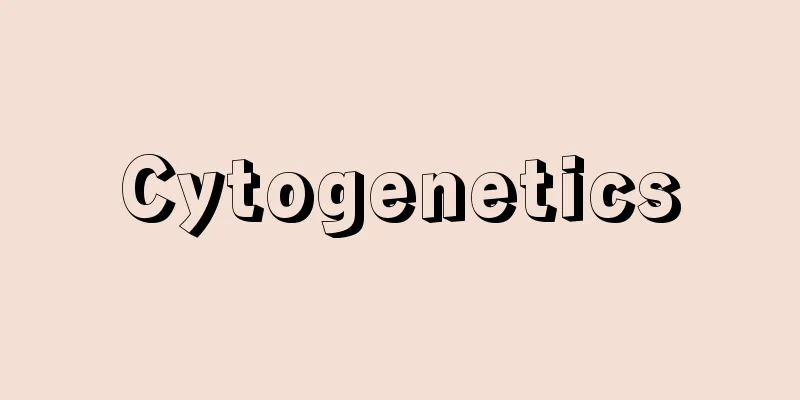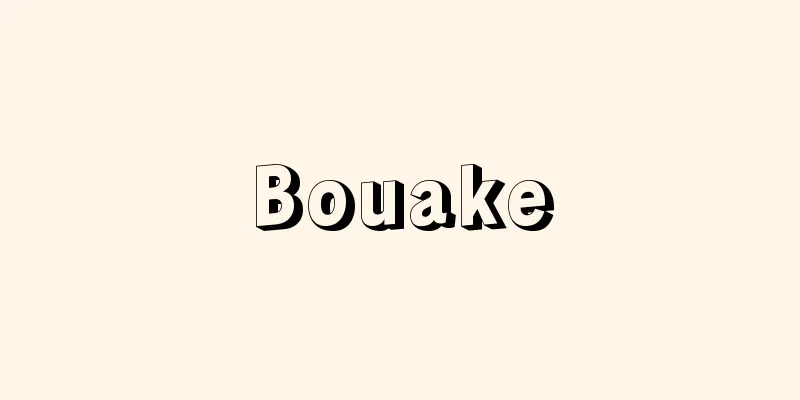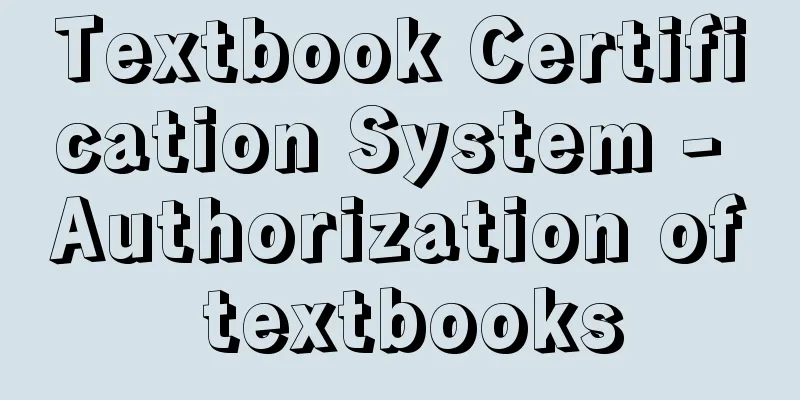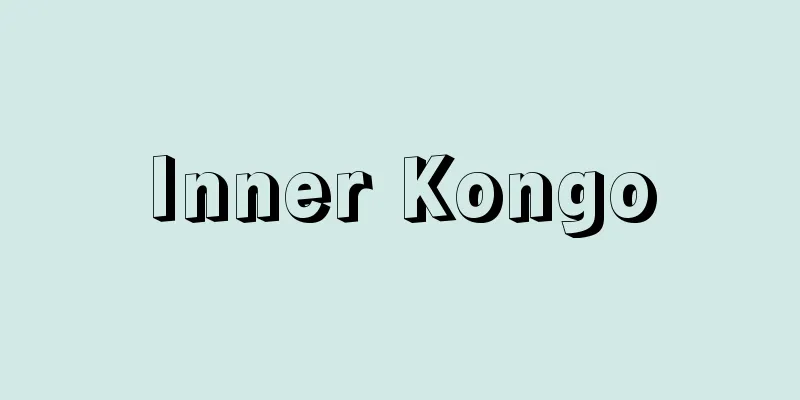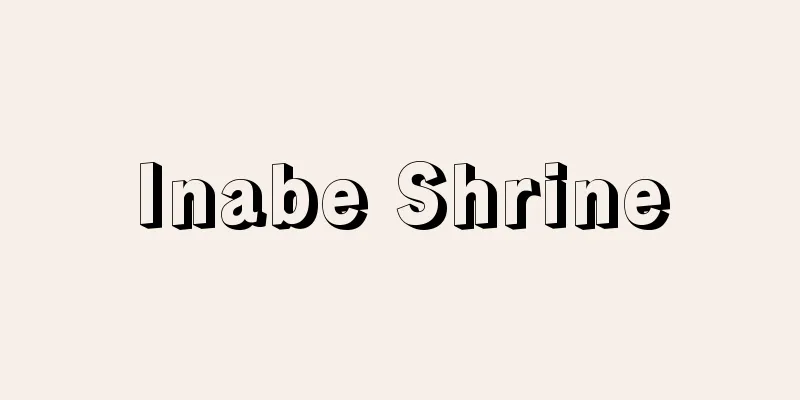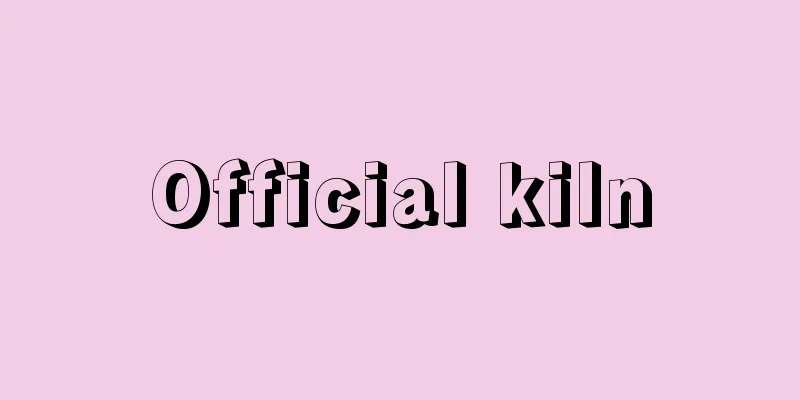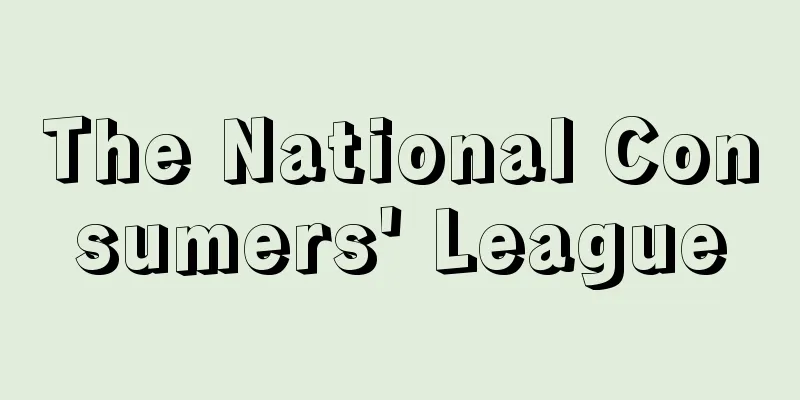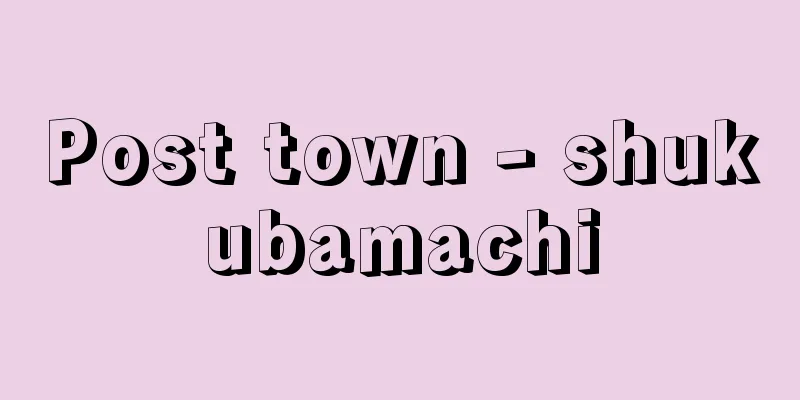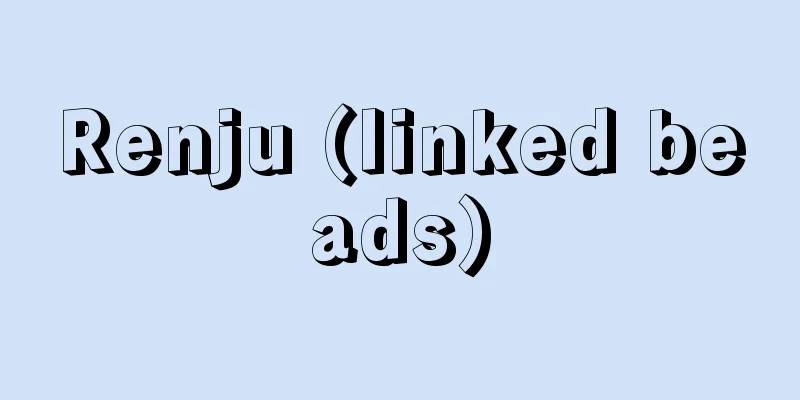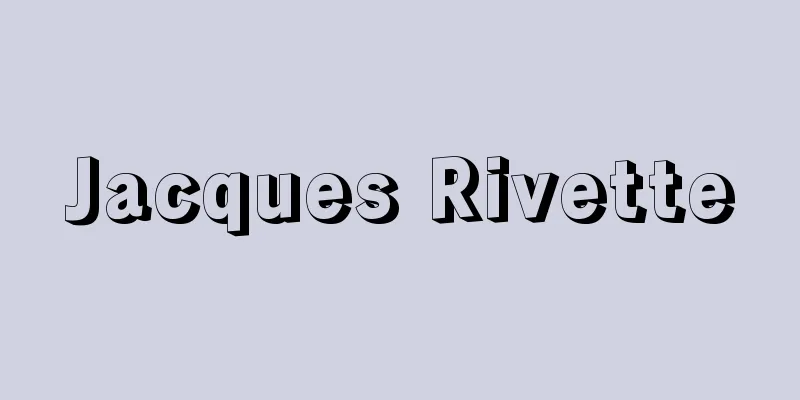Child welfare facility - JIDOU FUKUSHISHISSETSU
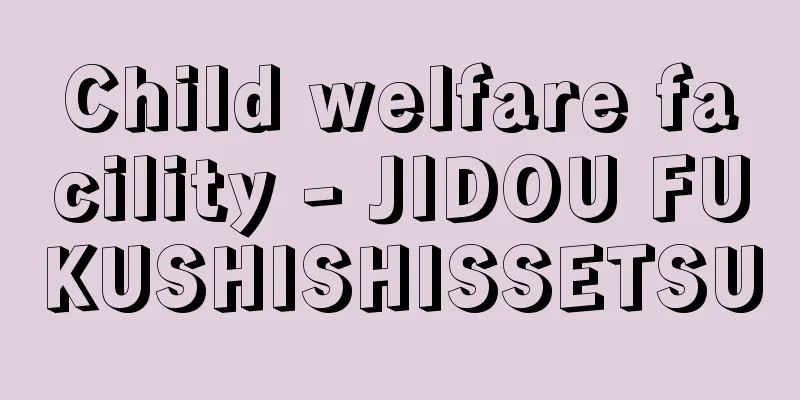
|
A type of social welfare facility that is intended to ensure the welfare of children. The following 12 facilities are stipulated in Articles 7 and 35 to 44 of the Child Welfare Act (Act No. 164 of 1947). (1) Midwifery facility: A facility whose purpose is to admit pregnant women and postpartum women who, despite a health need, are unable to receive inpatient midwifery treatment for economic reasons, and to provide them with midwifery care. (2) Infant Homes: Facilities for the purpose of admitting and caring for infants (including young children when it is particularly necessary for health reasons, to ensure a stable living environment, or for other reasons), and for providing consultation and other assistance to those who have been discharged. (3) Mother and Child Support Facilities: These facilities accept unmarried women or women in similar circumstances and their children under their care, and provide protection for them and support for their daily lives to promote their independence, as well as provide consultation and other assistance to those who have left the facility. (4) Nursery school: A facility (limited to those with a capacity of 20 or more, excluding certified childcare centers that combine early childhood education and care) that provides day-to-day care to infants and young children who require day-care and who can be sent from their guardians. Notwithstanding the provisions of the preceding paragraph, nursery schools may, when necessary, provide day-to-day care to other children who require day-to-day care and who can be sent from their guardians. (5) Certified childcare facility with integrated nursery and preschool education: A facility that provides an integrated education for children aged three or over to cultivate the foundations for compulsory education and subsequent education (meaning education provided in schools as stipulated in Article 6, Paragraph 1 of the Fundamental Law of Education) and childcare for infants and young children who require childcare, and aims to promote the mental and physical development of such infants and young children by providing them with an appropriate environment for their healthy growth. Certified childcare facilities with integrated nursery and preschool education are subject to the provisions of the Certified Childcare Facility Law in addition to those stipulated in this Law. (6) Child welfare facilities: Children's playgrounds, children's centers, and other facilities whose purpose is to provide healthy play for children, promote their health, or enrich their emotions. (7) Child welfare institution: A facility whose purpose is to admit and care for unaccompanied children (excluding infants, however including infants when it is particularly necessary to ensure a stable living environment or for other reasons), abused children, and other children who require care due to their environment, and also to provide counseling and other assistance to those who leave the facility so that they can become independent. (8) Institutions for disabled children: Facilities that admit disabled children and provide them with support. There are two types of institutions for disabled children: one is a welfare-type institution for disabled children, which aims to provide protection, guidance in daily life, and the knowledge and skills necessary for independent living. The other is a medical-type institution for disabled children, which aims to provide protection, guidance in daily life, the knowledge and skills necessary for independent living, and treatment. (9) Child Development Support Centers: Facilities that provide daily support to children with disabilities by having them attend from their guardians. There are two types of child development support centers: one is a welfare-type child development support center, which is a facility that aims to teach basic daily movements, impart the knowledge and skills necessary for independent living, or provide training for adaptation to group living. The other is a medical-type child development support center, which is a facility that aims to teach basic daily movements, impart the knowledge and skills necessary for independent living, or provide training and treatment for adaptation to group living. (10) Child psychological treatment facility: A facility whose primary purpose is to provide psychological treatment and lifestyle guidance necessary for the adaptation of children to social life who are having difficulty adapting due to environmental reasons. (11) Children's independence support facilities: Facilities that admit children who have engaged in or are at risk of engaging in delinquent behavior, and children who require lifestyle guidance due to their home environment or other environmental reasons, or allow children to attend from their guardians, with the aim of providing necessary guidance according to the circumstances of each child and supporting their independence, as well as providing consultation and other assistance to those who have left the facility. (12) Child and Family Support Centers: Facilities which provide necessary advice in response to consultations from families and others regarding various issues related to the welfare of local children, which require specialized knowledge and skills, as well as technical advice and other necessary assistance at the request of municipalities, and also provide guidance as prescribed by the Child Welfare Act, and also coordinate liaison with child consultation centers, child welfare facilities, etc., and other assistance as prescribed by Ministry of Health, Labor and Welfare Ordinance. Prefectural governments are to set standards for the facilities and operation of child welfare facilities through ordinances (Article 45 of the Child Welfare Law). However, the number of staff members and floor space of rooms and hospital rooms to be assigned to child welfare facilities are to be determined in accordance with the standards set out in the "Standards for the Facilities and Operation of Child Welfare Facilities" (Ministry of Health and Welfare Ordinance No. 63 of 1948). It is also stipulated that the standards for facilities and operation must ensure a standard of living necessary for the physical, mental and social development of children (Article 45 of the Child Welfare Law). [Takashi Nakamura September 19, 2017] [Reference items] | | | | | | | |Source: Shogakukan Encyclopedia Nipponica About Encyclopedia Nipponica Information | Legend |
|
社会福祉施設の一つで、児童の福祉を保障するための施設をいう。児童福祉法(昭和22年法律第164号)第7条および第35条~第44条に、以下の12施設が規定されている。 (1)助産施設 保健上必要があるにもかかわらず、経済的理由により、入院助産を受けることができない妊産婦を入所させて、助産を受けさせることを目的とする施設。 (2)乳児院 乳児(保健上、安定した生活環境の確保その他の理由によりとくに必要のある場合には、幼児を含む)を入院させて、これを養育し、あわせて退院した者について相談その他の援助を行うことを目的とする施設。 (3)母子生活支援施設 配偶者のない女子またはこれに準ずる事情にある女子およびその者の監護すべき児童を入所させて、これらの者を保護するとともに、これらの者の自立の促進のためにその生活を支援し、あわせて退所した者について相談その他の援助を行うことを目的とする施設。 (4)保育所 保育を必要とする乳児・幼児を日々保護者のもとから通わせて保育を行うことを目的とする施設(利用定員が20人以上であるものに限り、幼保連携型認定こども園を除く)とする。保育所は、前項の規定にかかわらず、とくに必要があるときは、保育を必要とするその他の児童を日々保護者のもとから通わせて保育することができる。 (5)幼保連携型認定こども園 義務教育およびその後の教育の基礎を培うものとしての満3歳以上の幼児に対する教育(教育基本法第6条第1項に規定する法律に定める学校において行われる教育をいう)および保育を必要とする乳児・幼児に対する保育を一体的に行い、これらの乳児または幼児の健やかな成長が図られるよう適当な環境を与えて、その心身の発達を助長することを目的とする施設とする。幼保連携型認定こども園に関しては、この法律に定めるもののほか、認定こども園法の定めるところによる。 (6)児童厚生施設 児童遊園、児童館など、児童に健全な遊びを与えて、その健康を増進し、または情操を豊かにすることを目的とする施設。 (7)児童養護施設 保護者のない児童(乳児を除く。ただし、安定した生活環境の確保その他の理由によりとくに必要のある場合には、乳児を含む)、虐待されている児童その他環境上養護を要する児童を入所させて、これを養護し、あわせて退所した者に対する相談その他の自立のための援助を行うことを目的とする施設。 (8)障害児入所施設 障害児を入所させて支援を行うことを目的とする施設。障害児入所施設は2種類あり、一つは福祉型障害児入所施設で、保護、日常生活の指導および独立自活に必要な知識技能の付与を目的とする施設である。もう一つは医療型障害児入所施設で、保護、日常生活の指導、独立自活に必要な知識技能の付与および治療を目的とする施設である。 (9)児童発達支援センター 障害児を日々保護者のもとから通わせて支援を提供することを目的とする施設。児童発達支援センターは2種類あり、一つは福祉型児童発達支援センターで、日常生活における基本的動作の指導、独立自活に必要な知識技能の付与または集団生活への適応のための訓練を目的とする施設である。もう一つは医療型児童発達支援センターで、日常生活における基本的動作の指導、独立自活に必要な知識技能の付与または集団生活への適応のための訓練および治療を目的とする施設である。 (10)児童心理治療施設 環境上の理由により社会生活への適応が困難となった児童を、社会生活に適応するために必要な心理に関する治療および生活指導を主として行うことを目的とする施設。 (11)児童自立支援施設 不良行為をなし、または、なすおそれのある児童および家庭環境その他の環境上の理由により生活指導等を要する児童を入所させ、または保護者のもとから通わせて、個々の児童の状況に応じて必要な指導を行い、その自立を支援し、あわせて退所した者について相談その他の援助を行うことを目的とする施設。 (12)児童家庭支援センター 地域の児童の福祉に関する各般の問題につき、児童に関する家庭その他からの相談のうち、専門的な知識および技術を必要とするものに応じ、必要な助言を行うとともに、市町村の求めに応じ、技術的助言その他必要な援助を行うほか、児童福祉法に規定される指導を行い、あわせて児童相談所、児童福祉施設等との連絡調整その他厚生労働省令の定める援助を総合的に行うことを目的とする施設。 児童福祉施設の設備および運営については、都道府県が条例で基準を定めることになっている(児童福祉法45条)。ただし、児童福祉施設に配置する従事者およびその員数、居室および病室の床面積などについては、「児童福祉施設の設備及び運営に関する基準」(昭和23年厚生省令第63号)に定める基準に従って定めることとなっている。また、設備および運営に関する基準は、児童の身体的、精神的および社会的な発達のために必要な生活水準を確保するものでなければならないと定められている(児童福祉法45条)。 [中村強士 2017年9月19日] [参照項目] | | | | | | | |出典 小学館 日本大百科全書(ニッポニカ)日本大百科全書(ニッポニカ)について 情報 | 凡例 |
<<: Child support allowance - Jidou Fuyou Teate
Recommend
Nun's wife - Amagozen
〘Noun〙① ("Gozen" is a suffix of honorifi...
Karen people - Karen (English spelling)
A general term for the Karen language-speaking eth...
Rainbow trout - Rainbow trout (English spelling)
A species of the genus Salmon in the family Salmon...
Oral teachings of the Buddha
Also called "Juchuu Hokekyo Goi-Kuden" (...
Tapié, M.
…refers to a trend in abstract painting that deve...
rattlesnake master
...Flowers from June to July. L. scariosa (L.) Wi...
Rikuka
A scholar from ancient China in the early Western...
Lysimachos
[Born] Around 355 B.C. [Died] c. 281 BC. Ancient M...
Shimogamo [Hot Spring] - Shimogamo
This hot spring is located in Minamiizu Town, Kamo...
Eichmann, Karl Adolf
Born: March 19, 1906 in Solingen [Died] May 31, 19...
Servant - servant
In the mid-Heian period, the term "karei"...
Spitz [species] - Spitz
A breed of dog. Originally native to the cold regi...
Mitsuru Okada
1894-1913 A nationalist of the Taisho period. Bor...
Druzhinin, AV (English spelling) DruzhininAV
...For this reason, their opponents, the Slavophi...
Attusikarupe - Attusikarupe
...The bark of the linden tree and the elm tree i...
